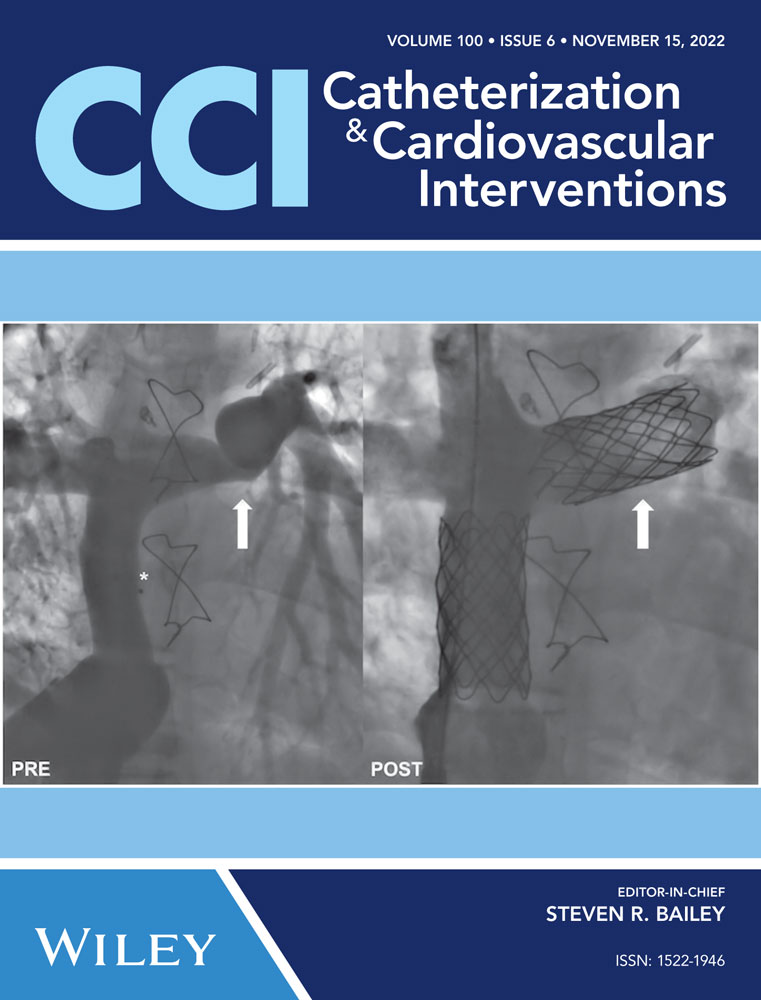Single-access for Impella-supported percutaneous coronary intervention using a sheathless technique with an 8 Fr guide
Abstract
Complex and higher-risk indicated percutaneous coronary interventions at times require mechanical circulatory support, most often with Impella devices. The use of such devices traditionally required additional arterial access site(s), increasing risk of vascular complications. The Single-access for Hi-risk percutaneous coronary intervention (SHiP) technique was described to overcome this issue but was limited to the use of 7F guides. Larger 8F guides often provide incremental support and space compared to 7F guides, sometimes needed in complex procedures. We described a modified SHiP technique using an 8 Fr guide delivered sheathless using Rotaglide.
CONFLICT OF INTEREST
The authors declare no conflict of interest.
Open Research
DATA AVAILABILITY STATEMENT
Data sharing not applicable to this article as no data sets were generated or analysed during the current study.




